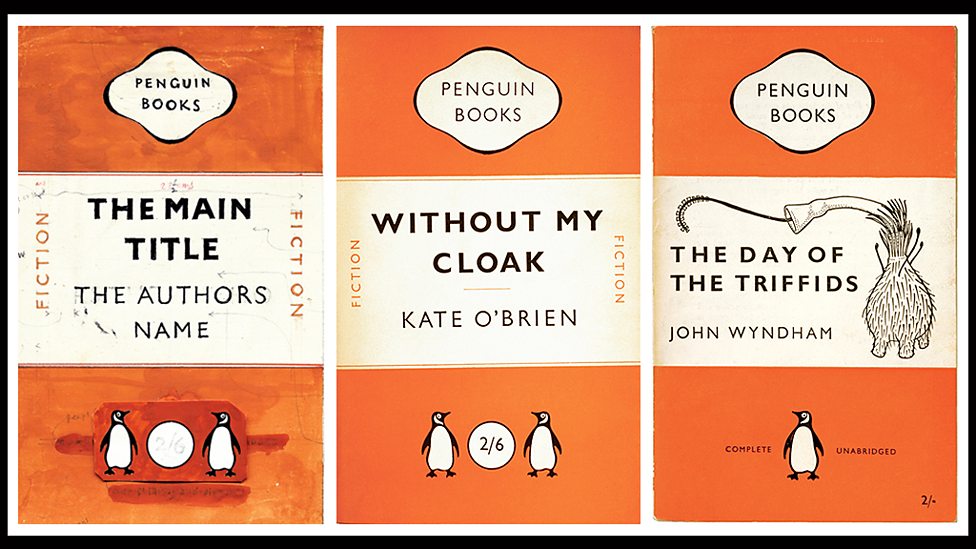White Space as an Active Element: Learning to Say No
If you sent me an email today, you’d get an autoresponder that starts with the following quote:
“White space is to be regarded as an active element, not a passive background.” — Jan Tschichold
Jan Tschichold has a fascinating background. As a visual designer, he is most famous for his typography, especially looking at systems and grids in his layouts. If you’ve ever seen the iconic Penguin Books layout from the 1940s and ‘50s, you’ve seen Jan’s work in action. I’d like to think that if he were alive today, he’d make an amazing developer. You can already see the DRY principles taking place in his work at a time when this kind of thinking was considered revolutionary.

So, what better quote to feature during my own “White Space” time in December and January, during which I’ve purposely limited my meeting schedule and am only checking email once a day. This means I can spend time on strategic initiatives that require a lot of focus. Without these boundaries, I find that my schedule fills up and I can’t get the large blocks of time that I need to get into a deep inception.
Maybe you’re feeling the same way? Overwhelmed with meetings and bogged down to the point where you can’t focus. You know that you could do better work if you just had the space in your schedule, but feel like that’s impossible. I know what that’s like because that’s the struggle I face, too. So many meetings, tasks, projects, and ideas, that I could work around the clock (and I tried for a time).
Or maybe you are struggling to figure out how to bring more craftsmanship to your work, but are pressured by too many competing to-dos.
Whatever your situation, the challenge that we all face is that in order to do our best work, we have to prioritize and say no, which can be deeply uncomfortable. Paradoxically, learning to say no is one of the most effective tools. It helps you safeguard your precious time so you can dig deep into solving problems effectively. It allows you to manage backlogs and work in progress limits. And it’s a critical skill in promise-based management, which we recently discussed on a Legacy Code Rocks podcast.
”No” does not come naturally to me. I’m an opportunist, a big dreamer, and someone who likes seeing other people happy. Saying no is a difficult practice, but it’s helped since I started thinking of “no” as an active element, just like white space. If my code or schedule becomes too cluttered, I’m not effective. That means, I have to guard my productivity very carefully. It’s not easy, but I know it’s necessary.
One of the best books I’ve read that has helped me learn how to say no well is Essentialism: The Disciplined Pursuit of Yes by Greg McKeown. In it, he says:
“We have good reasons to fear saying no. We worry we’ll miss out on a great opportunity. We’re scared of rocking the boat, stirring things up, burning bridges. We can’t bear the thought of disappointing someone we respect and like. None of this makes us a bad person, it’s a natural part of being human. Yet as hard as it can be to say no to someone, failing to do so can cause us to miss out on something far more important.”
McKeown then goes on to give eight different ways to say no:
- The awkward pause
- The soft “no” (or the “no” but)
- Let me check my calendar and get back to you
- Use email autoresponders
- Say “Yes. What should I deprioritize?”
- Say it with humor
- Use the words “You are welcome to X. I’m willing to Y.”
- I can’t do it, but X might be interested
All of these have come in handy when I’m talking to a potential client, managing a project, looking at speaking schedules, and more.
Does number four on the list sound familiar? I chose to use that technique as a way to protect my productivity in months where I need to focus on strategic planning and implementation. We’re nearing the end of 2016. If I don’t take measures to provide myself with that much-needed white space, my entire team — and company — would suffer the consequences of a slapped-together plan and arbitrary implementation. It was hard to set up that autoresponder. But I know it was right. Even more so, it was crucial. So don’t be afraid. If I can do it, so can you.
Want to be alerted when we publish future blogs? Sign up for our newsletter!